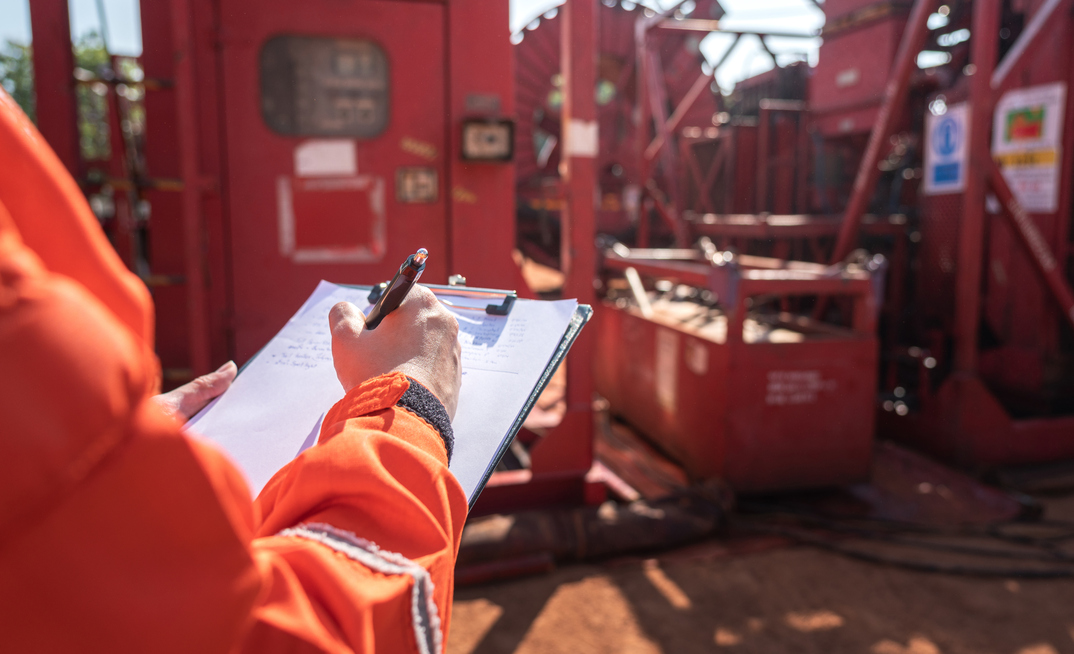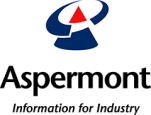Companies that own, manage and operate industrial plants have a responsibility to avoid polluting the environment with toxic emissions. They must safeguard employees and visitors, as well as protect the surrounding community so everyone can enjoy clean air and water.
When addressing today's challenge of dealing with toxic emissions, industrial-scale enterprises turn to modern solutions. Let us explore some innovative strategies and technologies for minimising harmful emissions, including adopting cleaner production methods, deploying advanced filtration and scrubber systems, and ensuring you have scheduled ongoing maintenance to boost the performance of your equipment.
Adopt cleaner methods
Tour your facilities with an eye toward integrating cleaner production methods and hire a third-party consultant if your staff lacks expertise in this area.
You will discover that addressing energy usage can make a big difference in curbing toxic emissions. For example, take steps to make your plant operate more efficiently, and use renewable energy sources. This may involve upgrading equipment if maintenance is insufficient by itself to boost efficiency.
Changing your source of energy will also help you meet your goal to achieve cleaner production.
Remember that "going green" by adjusting your industrial processes is good for burnishing your public image and attracting new employees who want to work at a company that does its part to protect the environment from toxic emissions.
Advanced filtration
The most dangerous air pollutants are volatile organic compounds (VOCs), hazardous air pollutants (HAPs) and solid particulate matter (PM), according to an industry report.
VOCs come from a range of industrial operations, with major sources including adhesive and paint production. Cancer, nervous system disorders, autoimmune diseases and respiratory illness stem from HAPs in the air. PM pollutants such as smoke and debris are also hazardous for people and may come from synthetic compounds or organic residue.
In addition to reducing usage of materials that give way to VOCs, HAPs and PM, you will want to install advanced filters and scrubbers in your facility to keep harmful emissions from escaping your property and damaging the environment.
Another approach is to destroy the pollutants before they can make their way into the air. For example, regenerative thermal oxidisers eliminate pollutants under high temperature. They convert hazardous emissions into H2O and CO2 prior to exhausting gases outside.
A variant known as a recuperative thermal oxidiser uses steel heat exchangers to create extremely hot conditions to break down VOCs so they do not get into the atmosphere.
Use catalytic oxidisers, which combine high heat and chemical catalysts to reduce pollution into innocuous compounds that pose no threat to the environment.
Maintain equipment
It is important to regularly schedule maintenance of all your systems, and to assess and upgrade obsolete equipment when necessary, including industrial electrical equipment. Doing so can help extend the useful working life of your equipment, bringing down the total cost of ownership (TCO).
With maintenance, you ensure components are working properly and efficiently. During the normal course of maintenance, your team should be on the lookout for waste and grease accumulating near the electrical equipment because of the potential fire hazard, which would release clouds of toxic smoke into the environment.
Staff compliance
Members of your team need to be aware of their duties to stay in compliance with government regulations at the state and federal levels. They should also be trained in current industry best practices through your onboarding process or by periodically bringing in consultants for updated guidelines. You avoid sanctions, preserve your reputation in the industry and reduce the chances of producing toxic emissions.
Accordingly, you will want to install sensors to continuously monitor your equipment. With data analysis from your monitoring systems, you can spot pollution sources and track the progress of how well you are curbing harmful emissions.
To do your part to reduce toxic emissions, it is best to focus on three key areas: establish cleaner production methods, deploy advanced filtration and scrubbing equipment, and maintain your equipment according to the manufacturer's recommended schedule. This helps you remain a good corporate citizen, demonstrating your commitment to protecting the environment.



















